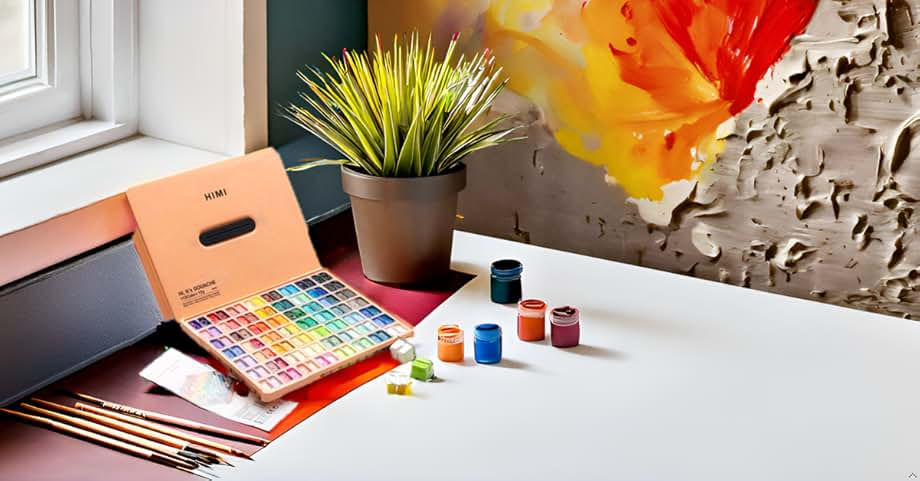Updated: Jul 14

Have you ever looked at a pattern and felt like your eyes are playing tricks on you? That’s exactly what’s happening with the image above! The vertical blue lines are straight and parallel, but they seem to converge or bend inward as your eyes wander across the design. Let’s break this optical illusion down in simple terms and explore why it feels so magicalperfect for an interactive adventure!
The Illusion at Play
Imagine you’re an artist sketching a cityscape. You draw parallel lines for buildings, but as they stretch into the distance, you add a little perspective, making them appear to meet at a vanishing point on the horizon. That’s a classic technique called linear perspective, and your brain loves to apply it even when it doesn’t belong! In this image, the black and white diamonds crisscrossing the blue lines create a busy, rhythmic pattern. This visual rhythm tricks your brain into thinking the lines are shifting, like they’re dancing toward a secret meeting point.
Why Does This Happen?
Your eyes and brain are a dynamic duo, always trying to make sense of the world. When you see those diamond shapes, your brain interprets them as depth cues—like shadows or textures in a 3D painting. This is called the Ponzo illusion in action: when parallel lines are framed by converging shapes, your mind assumes the lines are getting closer together, even though they’re not. It’s like looking down a railroad track where the rails seem to join in the distance, but in reality, they stay the same distance apart!
Test It Out!
Ready for some fun? Grab a ruler or a straight edge (or just use your finger!) and place it along one of those blue lines. If you follow it from top to bottom, it will stay straight.
You can now shift your focus to the diamonds. They make the line appear to bend. You can even try looking from different angles. You’ll notice that your perception relies on the composition of the whole picture rather than just the lines themselves.
Here is the Artistic Twist
Artists have been using this trick for centuries to add drama and movement to their artworks. Think of it like a swirling abstract composition where the shapes guide your eye in seemingly unexpected ways. In the case of our image here, the designer turned a simple grid into a mind- piece through layering patterns. It’s more like a visual symphony where each element plays its part to create the sense of motion and depth we are observing, which becomes a simple illusion.
The Takeaway
Therefore, the vertical blue lines are not converging at all. They are perfectly parallel. What you see is a clever optical prank. The natural love for perspective and depth by your brain is what makes this image as you see it.

